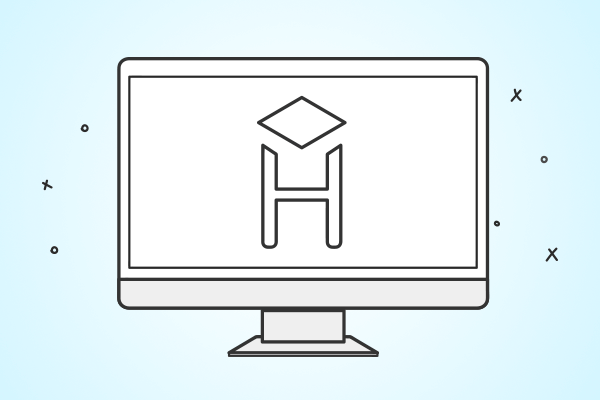Course “Content layout fundamentals”
Course updated on April 24, 2025
Access this and all courses with a subscription
What's included
Description
The course focuses on working with content using CSS and HTML. To date, stylesheets provide great opportunities for styling text and blocks on the page: background, color, handling audio, and video. All these elements allow you to create colorful, responsive, and accessible websites for users. A lot of time here we devote to new selectors, pseudo-classes, and pseudo-elements, they allow you to style the content in an extraordinary way
You will learn
- Mark up text, lists, tables, and media elements properly
- Create tables
- Access elements using the selectors' extended features
- Adapt pages for people with disabilities
- Use CSS Columns features
- Connect fonts and use them properly
Syllabus
1 | Intro Learn about the course topics and goals. Get to know the lesson structure and features |
2 | Box model and CSS Recall the box model and the properties that affect the element size. Study the margin, padding, and border properties and learn how to manage a box model using the box-sizing property |
3 | Text styles Get acquainted with the main styles used for text design |
4 | Working with fonts Learn how to connect and select fonts on the page. Learn how to control the size, formatting and spacing within the text. Examine the generalized font property |
5 | Lists Explore the types of lists in HTML and learn how to style them |
6 | Columns Get to know CSS Multi-column Layout and where to use it |
7 | Units Explore the measurement units available in CSS and their relation to each other |
8 | Media elements Learn how to add media elements to a page. Examine ways to add images, video, and audio |
9 | Tables Learn table markup and its semantics |
10 | Forms Learn to create the cornerstone website element: form. Explore the standard elements of data input and form submission |
11 | Selectors Study more complex second- and third-level selectors according to the W3C specification |
12 | Pseudo-classes Learn about styling element events and styling by element's location. Discover how to use pseudo-classes |
13 | Pseudo-elements Get to know pseudo-elements and learn how to generate new content via CSS |
14 | Overflow Explore how the overflow property works and how to hide content inside blocks. Learn about the text-overflow property |
15 | CSS Variables Learn about CSS variables, their application and scope |
16 | Background Explore the possibilities for setting and managing the page background using the relevant property. Learn how to position background images and adjust their behavior |
17 | Gradients There are other ways besides a monochrome background or image to style a block. To create a background, artists and designers frequently use gradients — smooth transitions from one color to another. In this lesson, we will learn how to make linear and radial gradients. We'll examine how to make clear color transitions using gradients and other techniques. We'll also learn about the color wheel and how to use it to find gradient color schemes. |
Challenges
1 | Tabs |
2 | Calculator |
3 | Calendar |
4 | Terminal |
Recommended programs

- Run code right in the browser
- Lifetime access
- Learn at your own pace
Access this and all courses with a subscription

